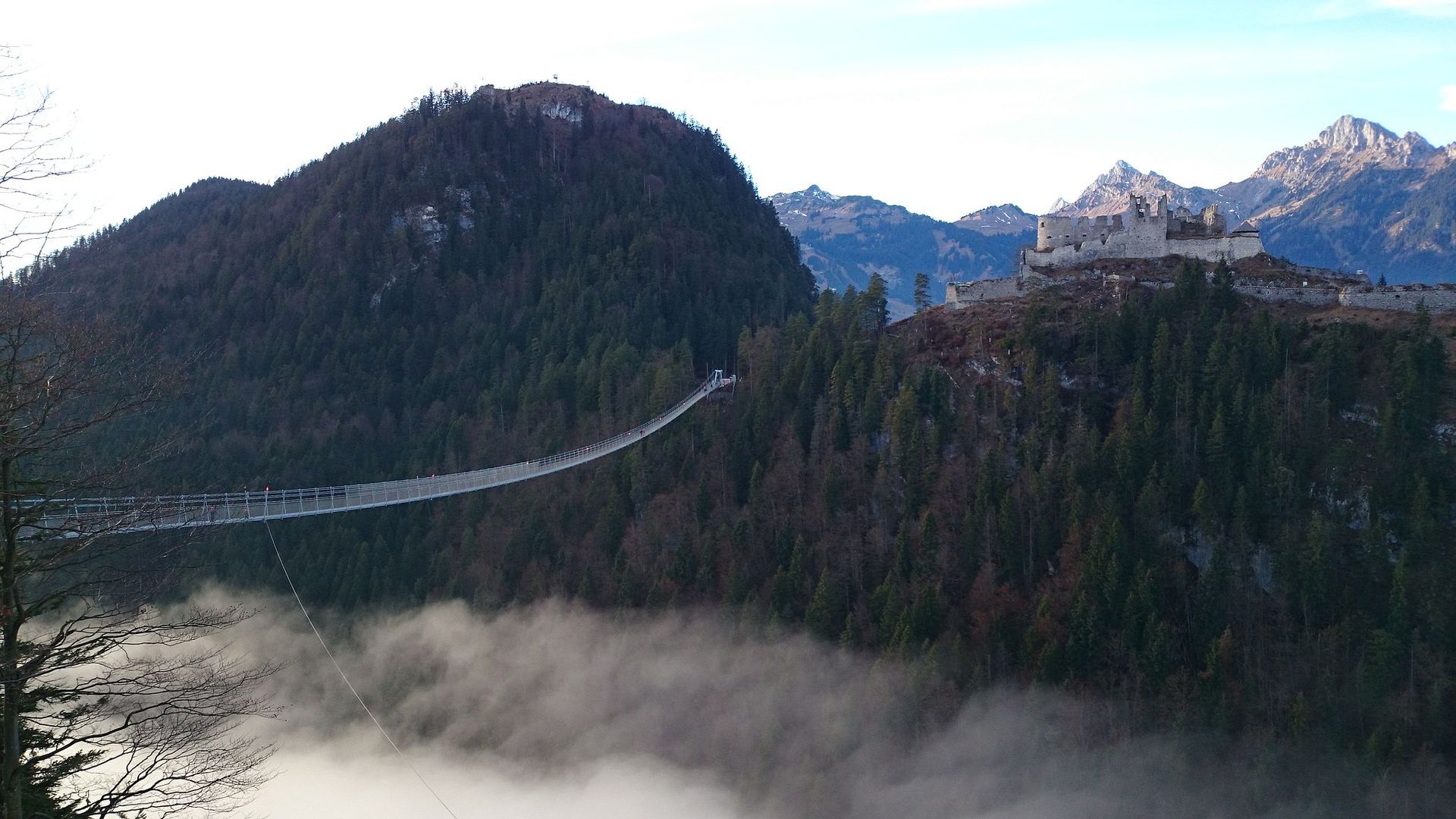The Tibetan Bridge Type
I have a question regarding the bridge type called "Tibetan Bridge".
Recently close by my home town a new tourist attraction was built, the Highline 179 bridge.

It was planned as the longest suspension bridge for pedestrians in the world, but before completion it was already outclassed by the Skypark Bridge in Sochi.
Now the Bridge is denoted as the longest Tibet-style pedestrian suspension bridge and I could not find information what a Tibet-style or Tibetan bridge is.
Other Tibetan Bridges
I could find other Tibetian bridges (e.g. Tibetan Bridge Claviere), but I could not find any information what Tibet style could be from an engineering perspective. The Wikipedia article on bridge types does not list this particular type.